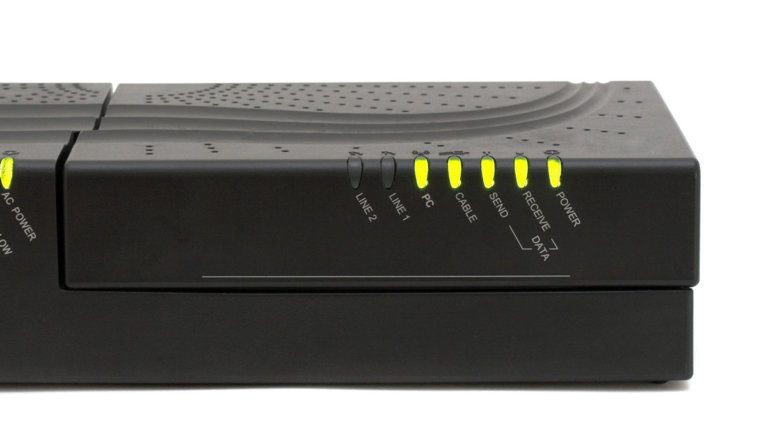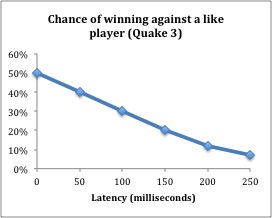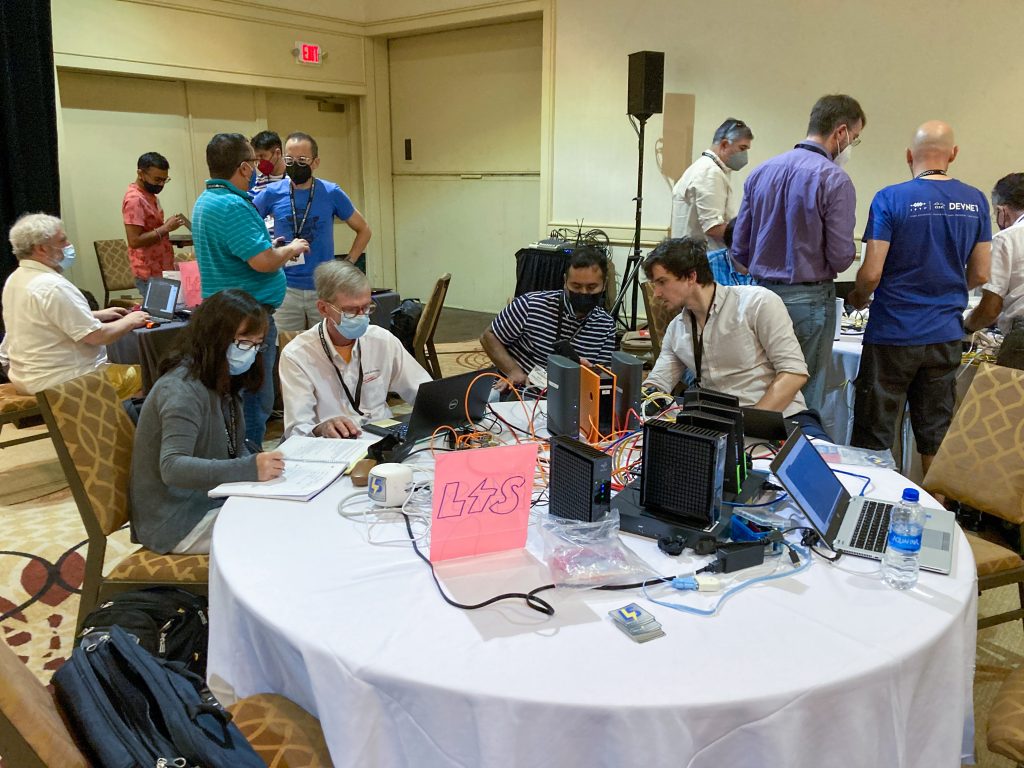Wireless
L4S in Wi-Fi: A Path to Seamless Interactive Experiences

Key Points
- Broadband service providers are beginning to implement L4S functionality in their networks. The technology enables applications to achieve low latency and high efficiency, ultimately helping deliver enhanced and more reliable user experiences.
- CableLabs worked with the Wireless Broadband Alliance to develop a set of guidelines for equipment suppliers to use when implementing L4S in their Wi-Fi products.
- Wi-Fi networks are frequently a point of congestion in end-to-end networks, creating a need for L4S support in those networks.
Modern networks deliver impressive speeds — often reaching gigabits per second — yet they still suffer from unpredictable delays that can disrupt interactive applications. Whether it’s video conferencing, cloud gaming or remote collaboration, these inconsistencies can lead to frustrating user experiences. As network operators strive to enhance reliability and responsiveness, a more effective solution is needed.
What Is L4S?
The Need for L4S in Wi-Fi Networks
WBA L4S Implementation Guidelines and NS3 Simulator
The Future of L4S in Wi-Fi
10G
L4S Technology: A New Congestion-Control Solution for Latency

In a digital world where every second counts, technologies that enable smooth, efficient transmission of data are paramount to ensuring the quality of our online experiences. Reliable connectivity is a must, and the need for it grows exponentially more essential every day, particularly as more applications harness the power of 10G.
What Causes Network Congestion and Latency?
What Is L4S?
How Does L4S Work?
10G
L4S Interop Lays Groundwork for 10G Metaverse

What does the future look like to you? Your vision could very well be dependent on L4S—Low Latency, Low Loss, Scalable Throughput—technology. A key component of the Low Latency DOCSIS® specifications, L4S is fundamental to the cable industry’s 10G initiative and underpins three of the four tenets of the multi-gigabit platform: speed, low latency and reliability. By allowing applications to fully make use of multi-gigabit connections and, in the process, achieve ultra-low latency and near-zero packet loss, L4S will change what's possible in broadband networks.
The technology will enable the interactive and immersive media experiences of the future—metaverse types of augmented reality (AR) and virtual reality (VR) applications that once were only a figment of science-fiction imagination. L4S can also make possible applications that haven’t been envisioned yet! And now, we’re a step closer to deploying this critical technology after an interoperability event that drew participants from organizations including Apple, Google, Meta, NetApp, Netflix, Nokia and NVIDIA, as well as cable industry orgs Casa Systems, Charter Communications, Comcast and CommScope.
Low Latency DOCSIS Specs and IETF Standards
CableLabs and Kyrio, with support from Comcast, Apple and Google, organized the Interop event—the first in the world to test implementations of L4S. As an early adopter, promoter and contributor to the development of the technology, CableLabs has positioned the cable broadband industry to take the lead in capitalizing on this transformational change in the way applications interact with the internet. CableLabs integrated support for L4S into its Low Latency DOCSIS specifications from the beginning and has been a leader in pushing for its standardization in the Internet Engineering Task Force (IETF).
Broad Range of Participants
Continuing the Momentum
DOCSIS
CableLabs Releases DOCSIS® Simulation Model

When it comes to technology innovation, one of the most powerful tools in an engineer’s toolbox is the ability to rapidly test hypotheses through simulations. Simulation frameworks are used in nearly all engineering disciplines as a way to understand complex system behaviors that would be difficult to predict analytically. Simulations also allow the researcher to control variables, explore a wide range of conditions and look deeply into emergent behaviors in ways that are either impossible or extremely challenging to accomplish in real-world testbeds or prototype implementations.
10G
CableLabs Low Latency DOCSIS® Technology Launches 10G Broadband into a New Era of Rapid Communication

Remember the last time you waited (and waited) for a page to load? Or when you “died” on a virtual battlefield because your connection couldn’t catch up with your heroic ambitions? Many internet users chalk those moments up to insufficient bandwidth, not realizing that latency is to blame. Bandwidth and latency are two very different things and adding more bandwidth won’t fix the internet lag problem for latency-sensitive applications. Let’s take a closer look at the difference:
Latency-Sensitive applications
Queue Building or Not?
What is Low Latency DOCSIS 3.1 and how does it work?
Incorporating LLD Technology
Next Steps
Innovation
IPoC: A New Core Networking Protocol for 5G Networks

5G is the latest iteration of cellular network technology developed to meet the growing traffic demand for both smartphones and homes. With beamforming and frequency bands reaching millimeter waves, 5G promises many benefits:
Why a New Solution?
Benefits of Content Centric Networking
IP over CCN (IPoC): A New Way to Handle IP
IPoC Performance in Mobile Networks
Want to Take a Closer Look?
Networks
Re-Inventing the Internet

The Internet Protocol – IP. It has become practically synonymous with networking, and over the last 40 years the adoption of IP has radically changed the world economy and the way that people interact globally, with CableLabs and the cable industry being a major force in that adoption. The past 15+ years in particular have been marked by the transitioning of the significant majority of industries, services, and human interactions into versions that are mediated by the world wide web, itself built on the foundation of the Internet Protocol. As this transition has taken place, the way that we use the network has radically evolved, from a simple point-to-point (or end-to-end) model with static endpoints, into one of massively distributed computing and storage accessed almost entirely by a huge number of mobile and nomadic client devices (with content and virtualized services being deployed on demand wherever it is most advantageous).
A New Approach to Networking
DOCSIS
How DOCSIS 3.1 Reduces Latency with Active Queue Management

At CableLabs we sometimes think big picture, like unifying the worldwide PON standards, and sometimes we focus on little things that have big impacts.
Packet Latency and Application Performance

Based on data from M. Bredel and M. Fidler, "A Measurement Study regarding Quality of Service and its Impact on Multiplayer Online Games", 2010 9th Annual Workshop on Network and Systems Support for Games (NetGames), 16-17 Nov. 2010.




 As a contribution to the global networking research community, CableLabs recently published its
As a contribution to the global networking research community, CableLabs recently published its 